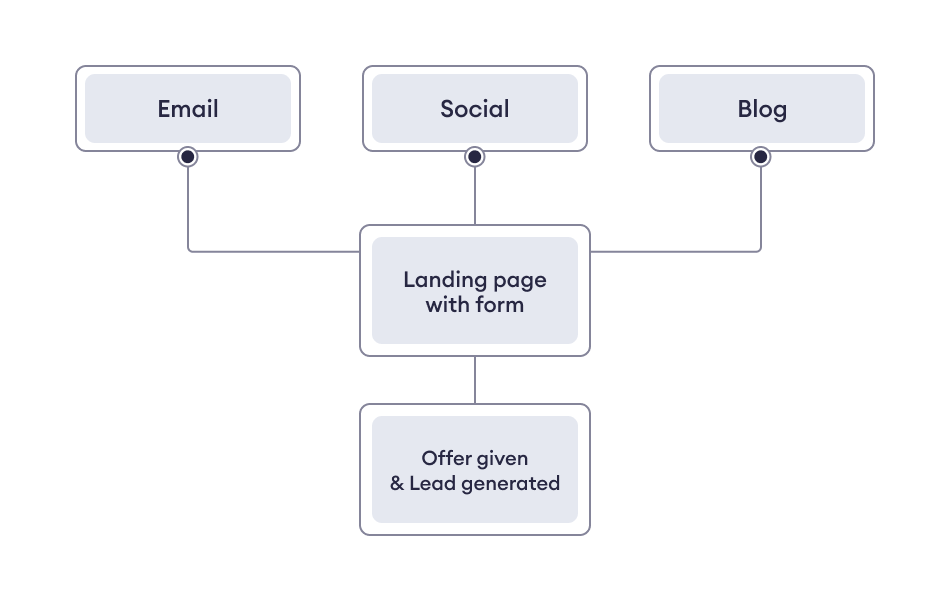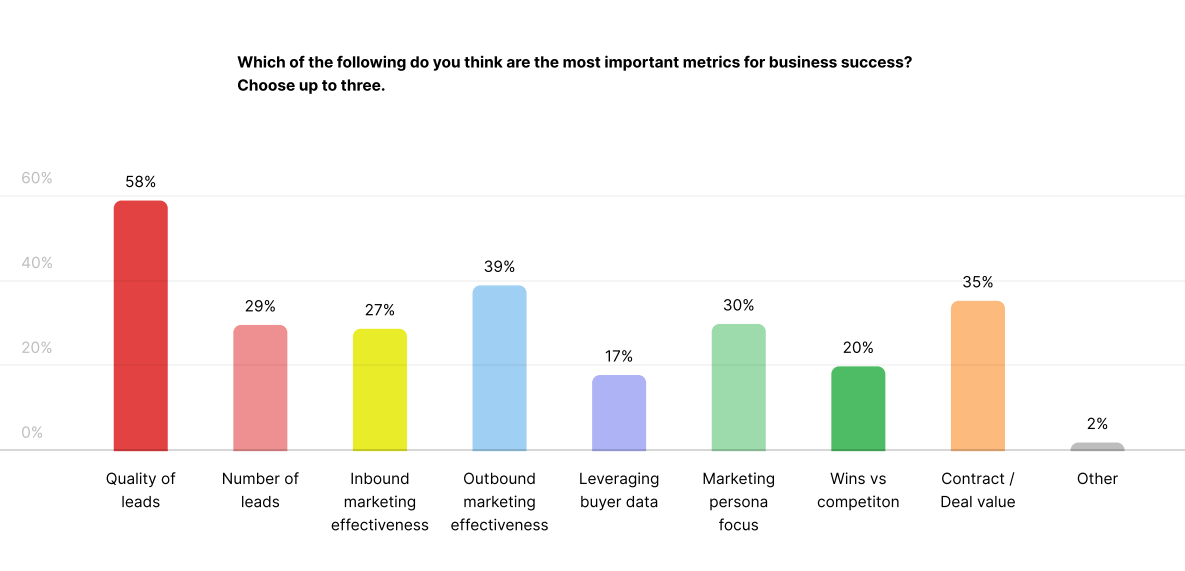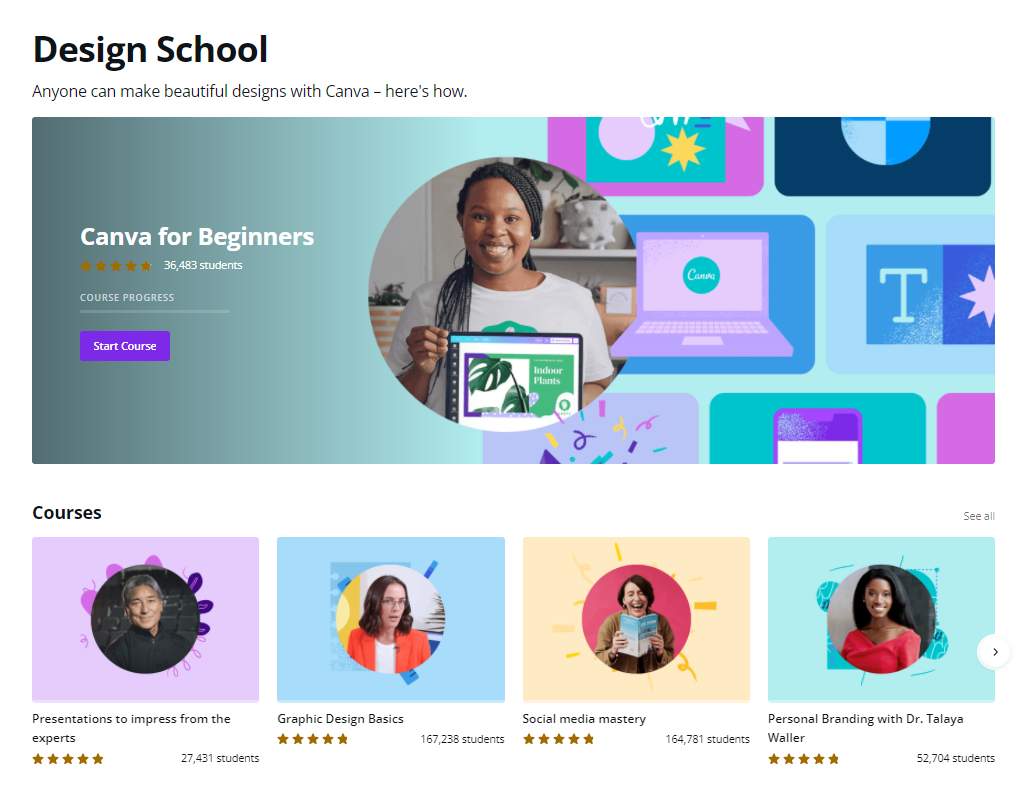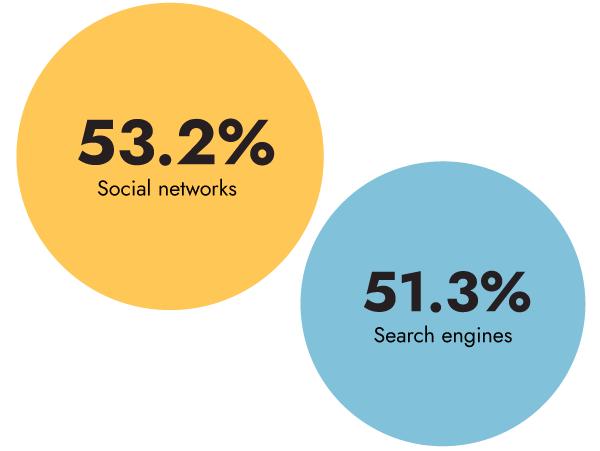Image source: Freepik
Undoubtedly, email marketing is a great solution to generate leads and direct them into the sales funnel. For example, you can increase the conversion rate by sending relevant emails to your previous customers. With that in mind, try to make emails more attractive.
Think about how you can grab the attention of your customers with an appealing title. Try out different titles to see which one resonates better with your target audience. Another tactic that can help create an engaging email is using the person’s name to add a personal touch.
Pay special attention to the text and make sure your message is objective yet relevant. Use visual elements such as images, emojis, gifs, videos, and anything else you deem appropriate to make your email engaging.
More than ever, the power of social media lies in building trust and relationships with potential customers. To cultivate an excellent social media presence, you should create relevant content that teaches something new, answers questions or entertains your audience. You can do this in various ways, such as hosting live events to improve interaction with your audience.
Another common way to attract leads is using paid campaigns. For 2022, Hootsuite’s report shows that marketers will spend more money on ads. However, to stand out from the crowd, they need to understand the different experiences on each social media and create ads that connect with people as they use each network. Customers will expect marketers to be more creative and provide content that enriches the customer experience.
With Pinterest and Tik Tok downloads growing at impressive rates, research from Hootsuite shows that consumers are more receptive to advertising on these networks right now. One of the reasons for this is that social networks are not yet saturated and want to promote content that organically fits the platforms.
To get the most out of this channel, follow our guide to lead generation through social media. In it, you’ll learn more about engaging audiences and how to create strategies to connect with your potential customers.
Probably, seeing brands give a product for free, at least for a few days, is nothing new. However, it is something to consider to add to your strategy, as a free-trial step may convert more leads into paying customers because free trials reduce the risk to the consumer.
This strategy is even more welcome if you are a new brand. For small businesses or startups, reducing the risk of the unknown is extremely important. Thus, it allows you to demonstrate why your product is better – when compared to your competitors.
To Sum Up
We can assume that leads are essential because they allow a brand to acquire more customers smoothly. Knowing this, you need to master each lead generation channel you will include in your strategy to succeed. So, let’s do a recap:
- Distribute valuable, relevant, and consistent content to attract new customers.
- Consider using blogs to make your website SEO-friendly.
- Develop strategies for mobile ads, and pay attention to online social media networks.
- Reward customers for referring your product or service with discount coupons, gift cards, or free products.
- Team up with influencers to reach a large audience quickly.
- Find partners to promote your offers across many channels.
- Create engaging emails by paying attention to each detail and make your customers feel special by personalization.
- Using organic, paid, and other range of methods for growing presence on social media.
- Consider offering a trial to reduce the customer’s risk and increase the sales rate.
To find out which lead acquisition tactics work best for your business, you should test each of them. Learning from surveys and having a close look at the tactics also helps, so take a look at the examples we listed in this post as many times as you want.






















